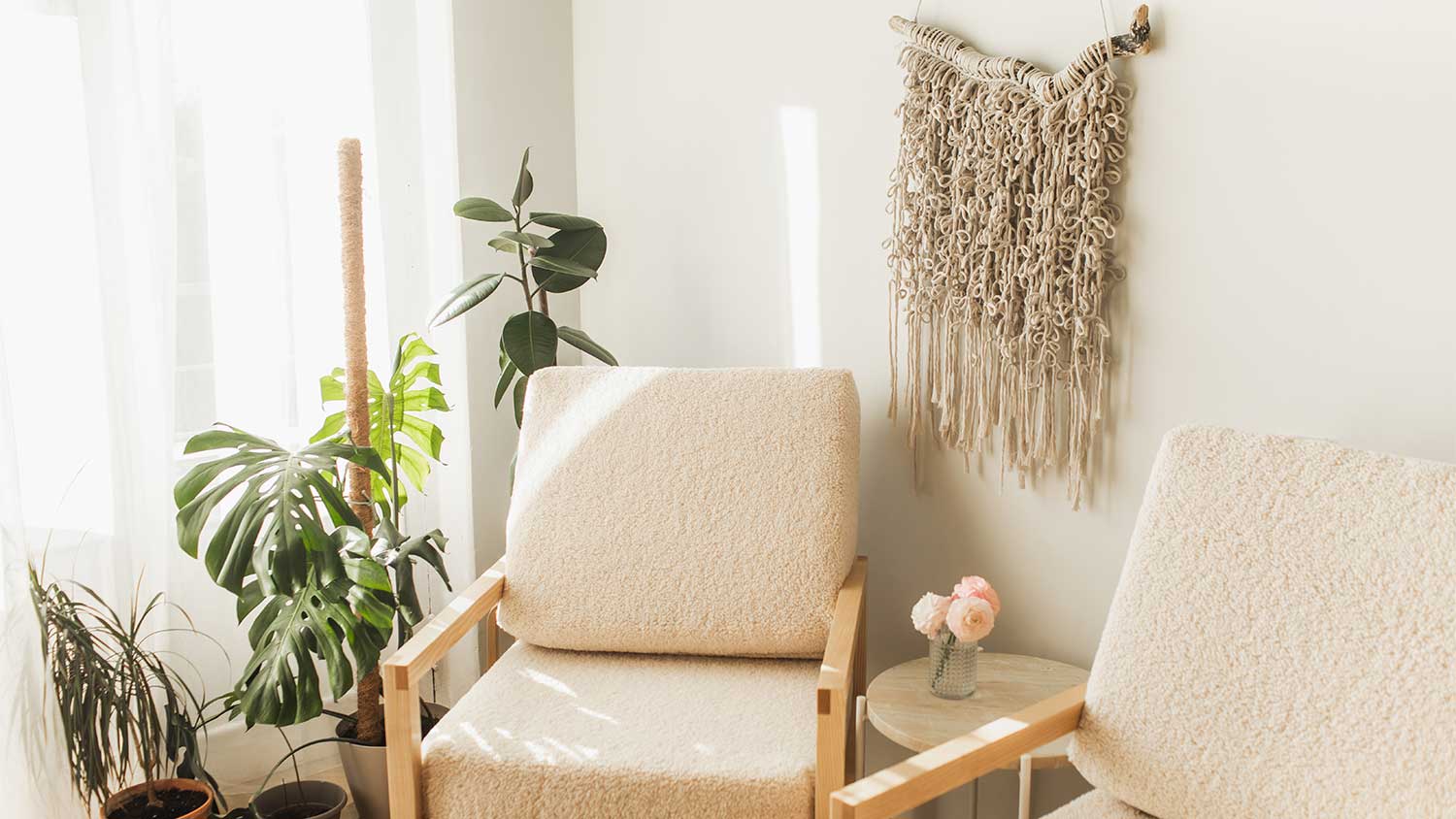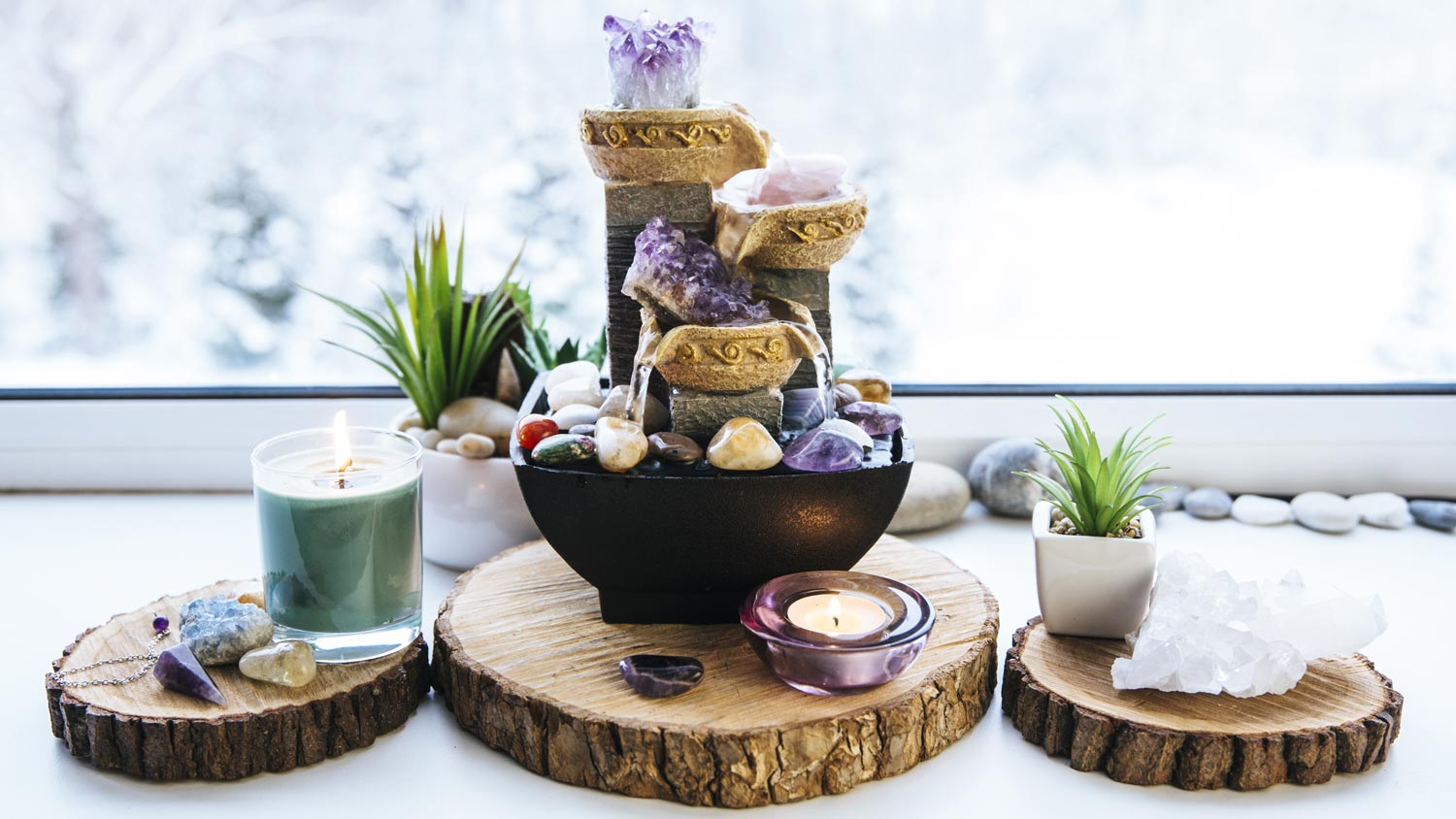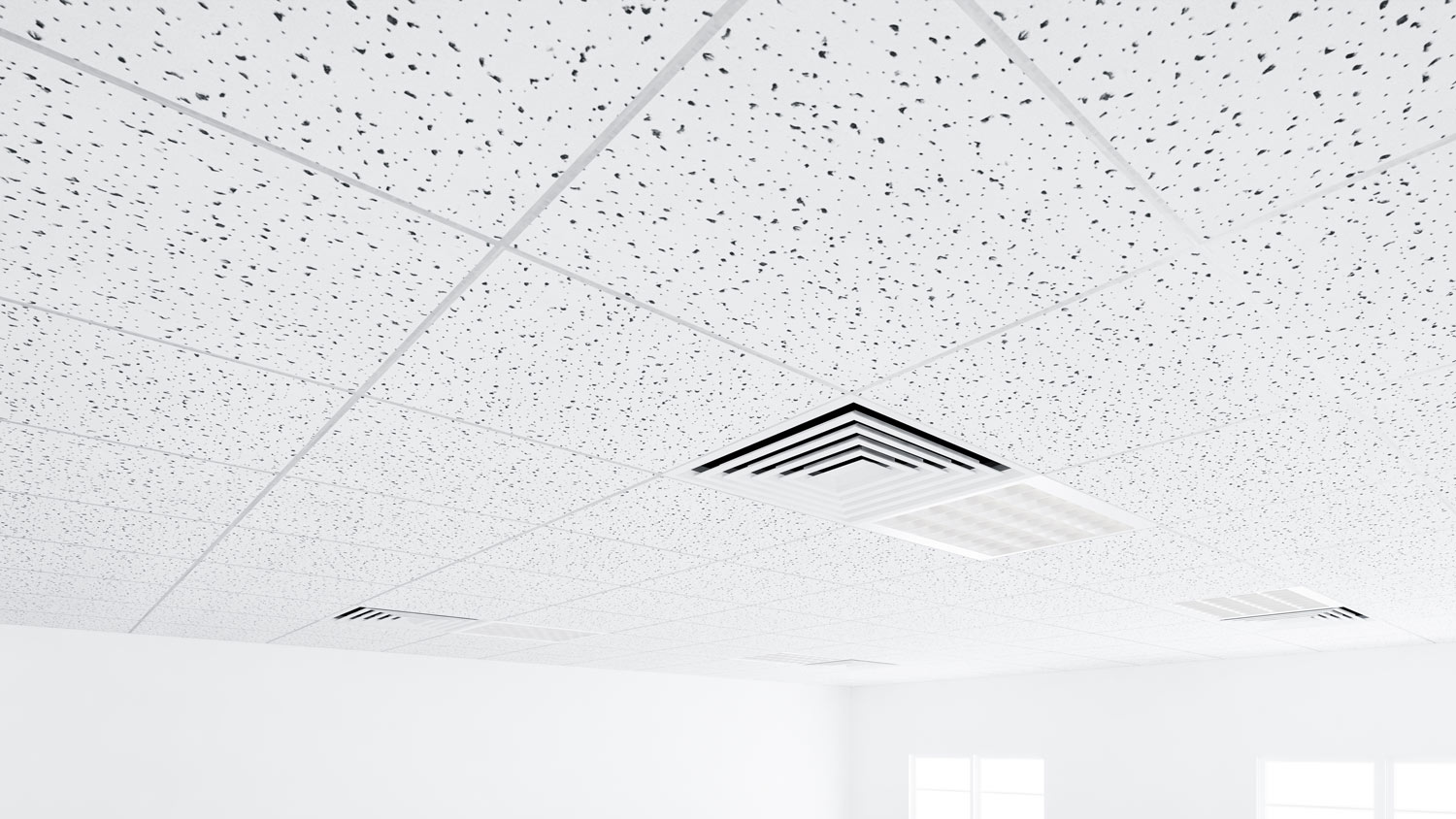
Find out how much it costs to install crown molding by type and size. Use our expert guide to figure out how much crown molding you need, how much crown molding costs near you, and whether you need to hire a pro.
Give your record collection the space to show its stuff


There are so many great ways to make use of a spare room, and creating the perfect listening space is near the top of that list. Design a place to fully immerse yourself in the music—and not worry about interference from any appliances or TVs making noise in other rooms. Use these tips to build your perfect music listening room, whether you have the budget to make big changes or are looking for cost-effective solutions that have a similar impact.
The dimensions of any space need to be optimized to minimize sound reflection or echoing, and there are many factors that impact the sound quality—including flooring, furniture, electricity sources, ceiling height, room size, and object placement. Before making any changes, make sure you’re setting up shop in the right room. If you can choose which room you’re going to transform into a listening room, make sure it’s not too big but not too small, has a low to mid-ceiling height, and doesn’t have any odd corners or nooks where sound may get trapped or reverberate.
The size of your speakers can impact sound quality in certain spaces. For example, large speakers in small rooms may create excess feedback, while small speakers in large rooms won’t be powerful enough to reach every corner. In general, the size of your speakers should align with the size of your spare room.
There are many reliable ways to soundproof a room, both big and small. If you don’t mind a bit of extra work and have the budget to make sizable changes, consider tearing out the walls in the space and reinstalling them with a layer of soundproof insulation. The cost to install insulation is $4 to $16 per square foot or roughly $5,000 on average for an entire project to install insulation. Or you can go the DIY route and fix up minor issues that will significantly benefit sound quality in the space, such as fixing leaks and sealing your doors.
Avoid wood or tile floors which are likely to create echo or feedback, and opt for carpet or soft natural materials—like woven bamboo or cork—whenever possible. If you don’t have the budget to rip out the room’s existing flooring, adding a large area rug is a great solution. Choose one that’s heavy and dense, not light and thin, to keep sound reflection to a minimum.

Even the furniture in your space affects your overall listening experience. Soft objects—like textiles and upholstered furnishings—work well for listening rooms because they’re sound absorbent and don’t create feedback or sound reflection. On the other hand, hard surfaces like hardwood, tile, and stone are sound reflective and not ideal for a listening room design. Wood furniture isn’t entirely off the table, but try to choose options that use sound-absorbent wood, like cork or fiberboard, for the best possible results.
Optimize the configuration of your items for the best possible sound quality. For example, set up your sound system in a triangle, with one speaker at each point, and place a seat in the middle for the perfect set-up to get lost in the music.
Your electricity source quality and stability will also determine the sound quality in your listening room. A weaker connection can cause feedback and even damage your sound system, but this can be avoided by checking off the following:
Designated outlet: Give your sound system its own designated electrical outlet rather than, say, plugging it into an extension cord that’s also powering your fridge and dishwasher.
Dedicated power circuit: Spend a little extra on a dedicated power circuit to guarantee that sound quality never falters.
Calibration: Calibrated for your sound system—larger speakers have a higher voltage and will need anywhere from 50 to 100 watts, while 20 watts is usually plenty to power a small speaker.
Because it can be hazardous to DIY electrical projects, hire an electrician in your area to get the job done.
Items with a large mass—like a bookshelf filled with books—are naturally sound absorbent. So consider building a built-in shelving system for your listening room. It’ll be the perfect place to store all of your records, CDs, and even cassette tapes, and it also has the added bonus of maintaining sound quality in your space.
When you’re building your perfect home music room, there are a couple of must-have listening tools. That includes a set of three speakers that are ideally sized for your room, an amplification system, and a designated power source if you’re worried about your electricity connection. Finally, expand your collection to include all of your must-haves, whether that’s a mid-century record player or a stylish boombox.
From average costs to expert advice, get all the answers you need to get your job done.

Find out how much it costs to install crown molding by type and size. Use our expert guide to figure out how much crown molding you need, how much crown molding costs near you, and whether you need to hire a pro.

How much does an interior designer cost? Discover average prices, cost factors, and tips to help you budget for your next home design project.

Discover the average feng shui consultant cost, what impacts pricing, and how to save on your consultation.

Wondering who to hire to install acoustic ceiling tiles? Learn which pro to call, how installation works, and what to expect. Get confident before you book.

If you’re getting ready to install some trim or molding inside your home, here are some of the questions you should expect to discuss with a pro.

Reinvigorate your home with the summer-ready decor trends welcoming us into the sunniest days of 2025. Find your favorite among these top 10.